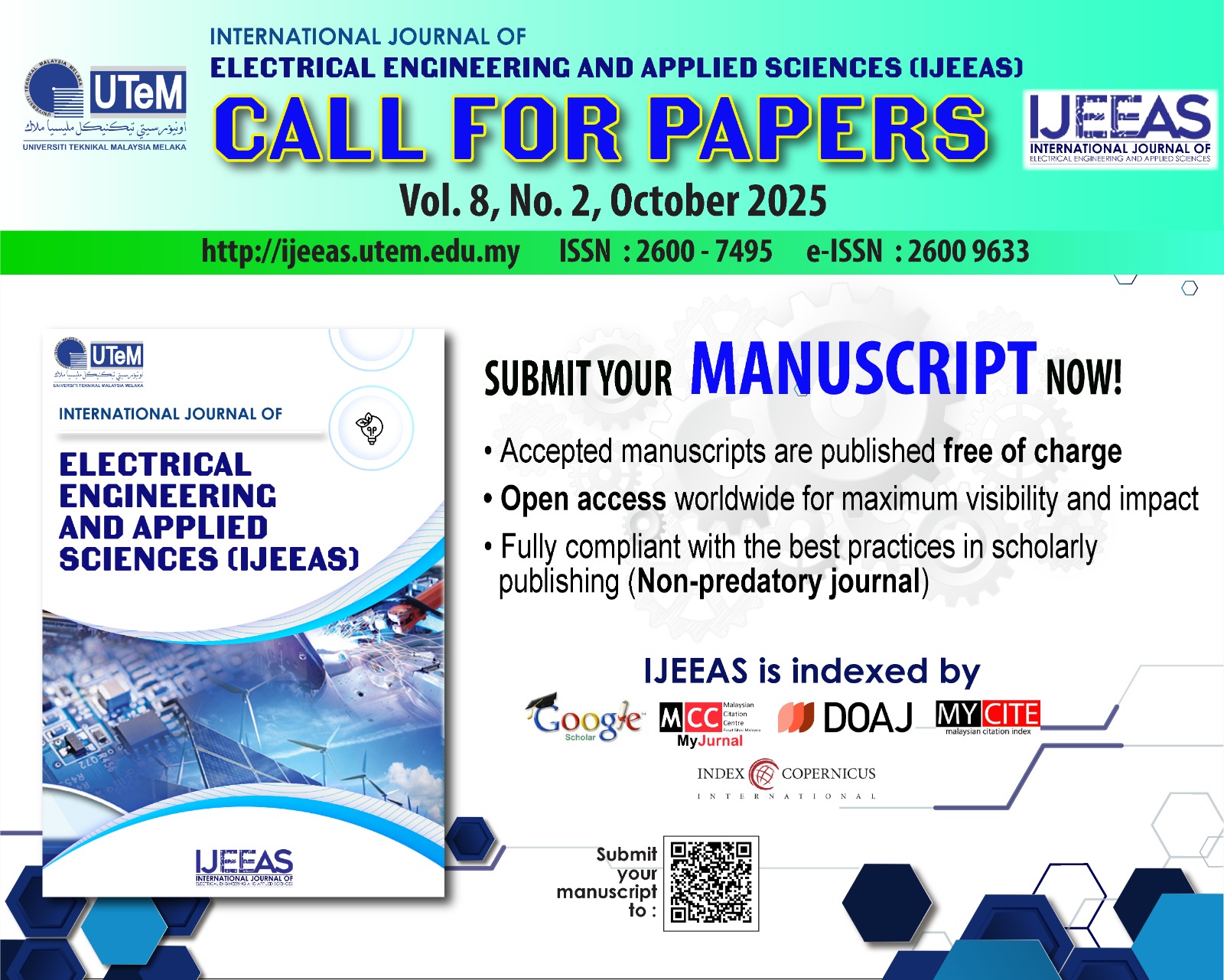Optimization Techniques to Enhance Voltage Stability in Power System: A Review Towards Improving Bhutanese Power Network
DOI:
https://doi.org/10.54554/ijeeas.2022.5.01.003Abstract
With the rising trend of restructuring in the electric power industry like the inclusion of renewable energy (RE) and stretching of long lines, several transmission lines are forced to operate at almost full capacity. As a result, more incidents of voltage instability are being recorded, culminating in major system failures. Bhutanese people are used to experiencing numerous voltage dips and swells since decades but no hue and cry was heard. However, with more sensitive equipments and devices imported into the country, the need of stable and reliable power are realized. The voltage stability studies seek to maintain consistently acceptable voltages in all power system buses under normal and post-disturbance situations. It is critical to focus on voltage integrity, which might otherwise result in massive losses. One of the primary causes of voltage failure, among others, is an insufficient supply of reactive power in the system. The reactive power handling capabilities of a system can be enhanced by using a flexible AC transmission systems (FACTS) device. Nonetheless, given the cost implications, Bhutan may not opt for FACTS devices. This paper, therefore, presents and examines different optimization algorithms used to improve the voltage profile of the network through various methods. The paper makes a comparative analysis of modern and widely used optimization techniques to achieve enhancement in voltage stability. The hybrid optimization techniques are preffered over one but focusing on having effective control system in the generation, optimal tap setting for every transformer, and encouraging DG integration at weak buses are recommended
Downloads
Downloads
Published
How to Cite
Issue
Section
License
Authors who publish with this journal agree to the following terms:
- Authors retain copyright and grant the journal right of first publication with the work simultaneously licensed under a Creative Commons Attribution License that allows others to share the work with an acknowledgement of the work's authorship and initial publication in this journal.
- Authors are able to enter into separate, additional contractual arrangements for the non-exclusive distribution of the journal's published version of the work (e.g., post it to an institutional repository or publish it in a book), with an acknowledgement of its initial publication in this journal.
- Authors are permitted and encouraged to post their work online (e.g., in institutional repositories or on their website) prior to and during the submission process, as it can lead to productive exchanges, as well as earlier and greater citation of published work (See The Effect of Open Access).







